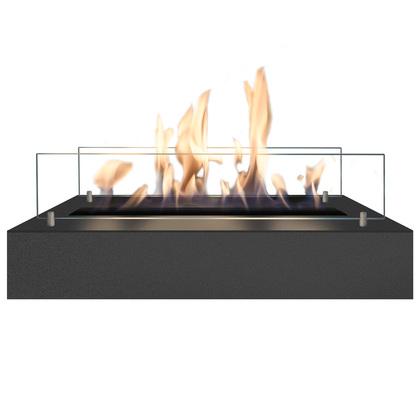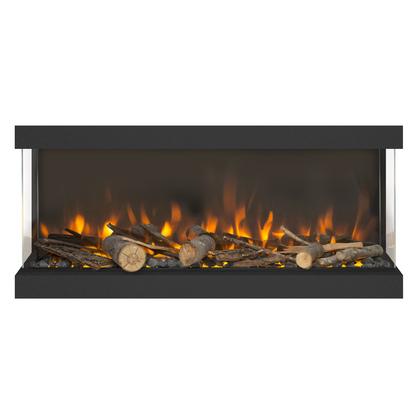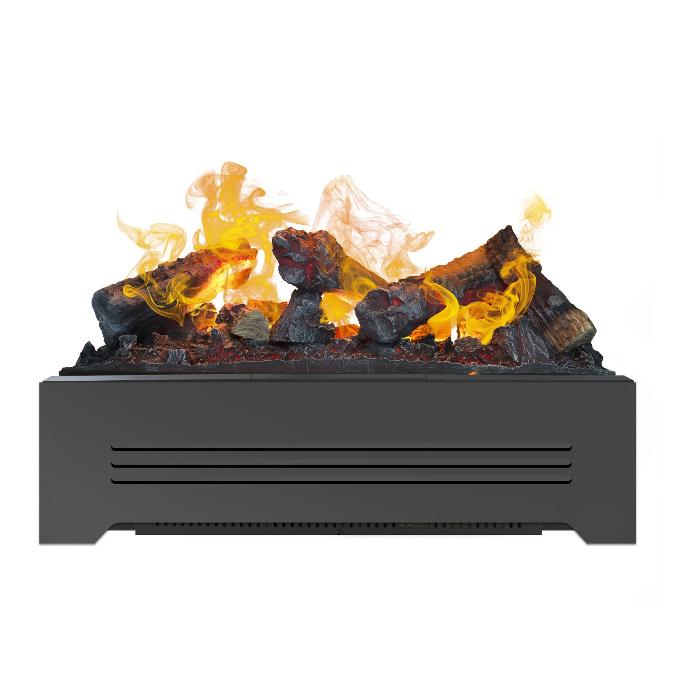With a focus on sustainability and comfort, more and more people are considering alternatives to replace their gas or wood-burning fireplaces. Traditional fireplaces, cherished for their warmth and ambiance, have drawbacks such as emissions, fine particles, and the need for a flue. Fortunately, there are alternatives like bioethanol fireplaces with ceramic burners and water vapor fireplaces that are equally atmospheric but far more environmentally friendly and practical.
Options for replacing a gas or wood-burning fireplace
Traditional gas fireplaces and wood stoves have long been a staple in households, offering warmth and a cozy atmosphere. However, they also come with disadvantages, including CO2 emissions, fine particulate matter, and the necessity of a chimney. Moreover, wood and gas burners are increasingly restricted by environmental legislation. In densely populated areas, where air quality is a priority, alternatives have become essential.
Modern solutions now combine the benefits of traditional fireplaces with lower environmental impact and simpler installation.
Electric fireplaces: Atmosphere and convenience
One of the most popular alternatives to gas or wood-burning fireplaces is the electric fireplace. Fully powered by electricity, it is a more eco-friendly option, especially when the electricity is sourced from renewable energy such as solar panels. Electric fireplaces provide realistic flame effects, often using LED technology, and may also include a heating function.
A significant advantage of electric fireplaces is that they require no flue, making them installable almost anywhere in the home, whether in the living room, bedroom, or an apartment without a chimney. Modern electric fireplaces, such as those from Xaralyn, allow you to customize the flame effects to your preference, creating a cozy and personal ambiance.
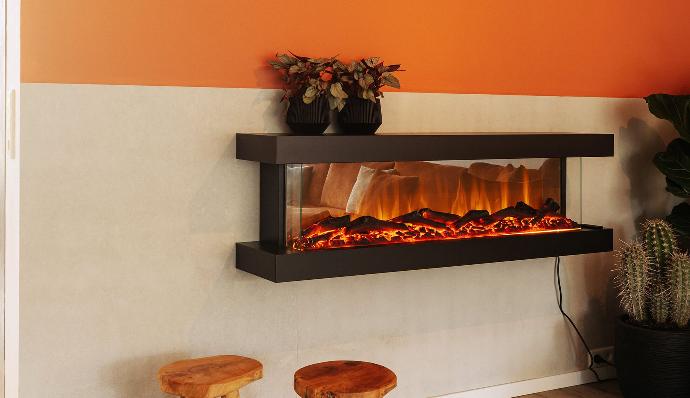
Water vapor fireplaces: Realistic and innovative
For those seeking the authentic look of real flames without the drawbacks of combustion, a water vapor fireplace is an excellent alternative. This innovative technology uses ultra-fine water vapor and light projection to create lifelike flames. The result is a safe and atmospheric flame effect, ideal for households with children and pets.
Water vapor fireplaces are perfect for those who want a stylish, modern design paired with sustainability. As they do not emit heat, they are ideal for spaces where ambiance is more important than heating. Additionally, they are easy to install and require minimal maintenance.
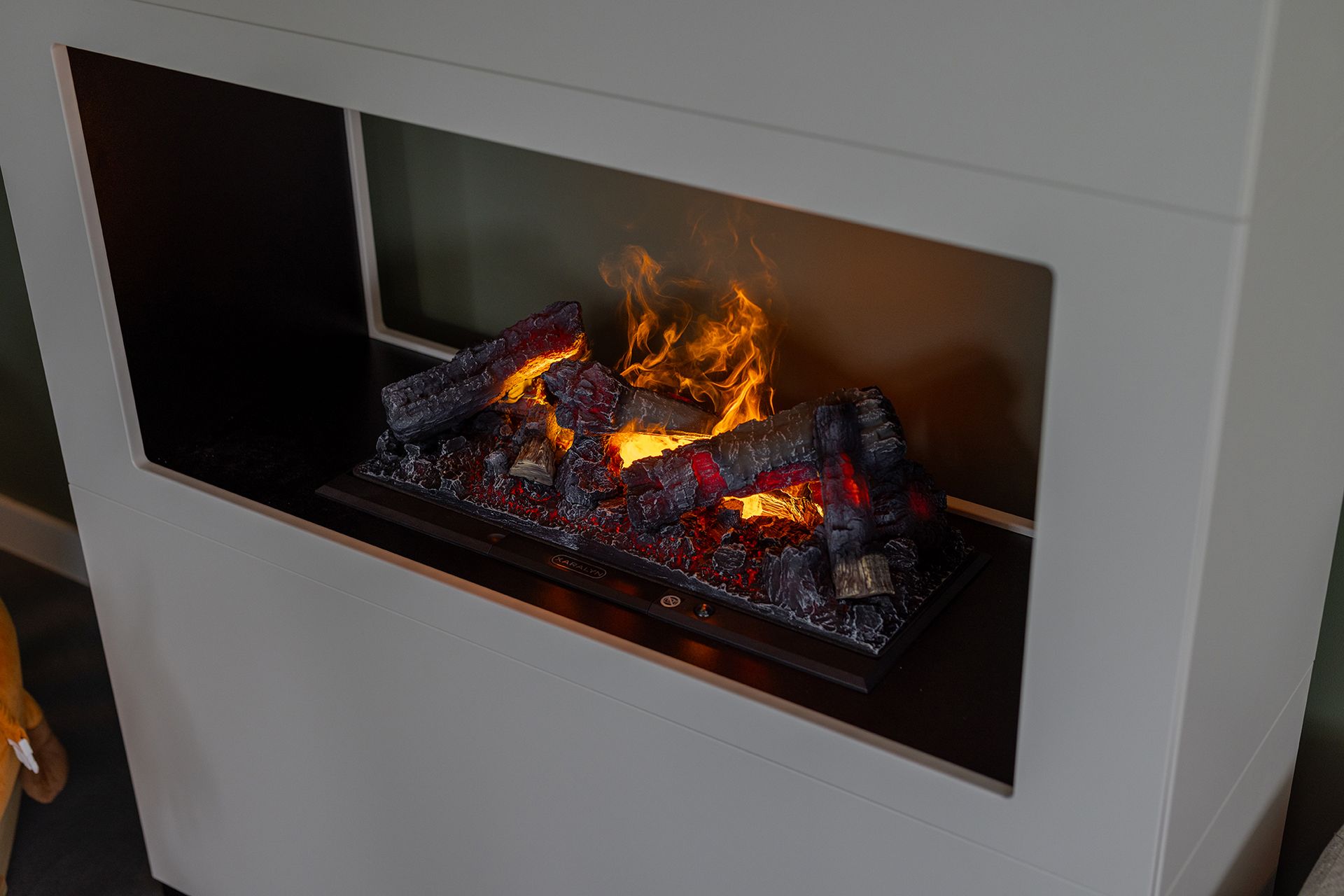
Bioethanol fireplaces: Eco-friendly and versatile
Bioethanol fireplaces are another popular choice as an alternative to gas and wood-burning stoves. These fireplaces use bioethanol, a sustainable fuel derived from renewable resources like sugarcane and corn. This type of fireplace provides the feel of a real flame, including heat, but without the emission of harmful substances such as fine particles.
One of the key benefits of bioethanol fireplaces is their flexibility. Since they do not require a flue, they can be placed anywhere, from a sleek wall-mounted fireplace to a compact tabletop model. For those looking to make a sustainable choice without sacrificing ambiance, a bioethanol fireplace is an ideal solution.

The future of heating and ambiance fireplaces
With the rise of alternative heating methods such as heat pumps and underfloor heating, the role of fireplaces in homes is shifting. While they were once primarily functional, the focus has now moved toward ambiance and aesthetics. This makes alternative fireplaces, such as electric, water vapor, and bioethanol models, increasingly popular as complements to modern heating systems.
We are also seeing a growing trend in smart fireplaces that are easily operated via apps and can even be integrated into smart home systems. These fireplaces not only offer convenience but also help optimize energy usage.
